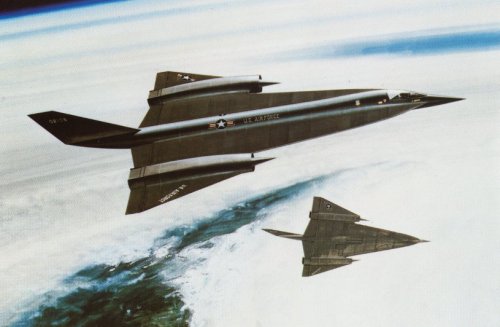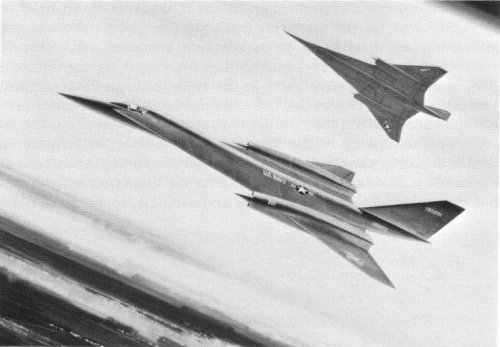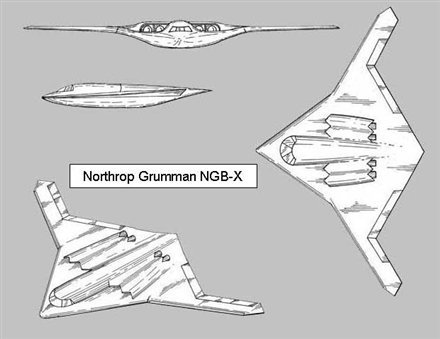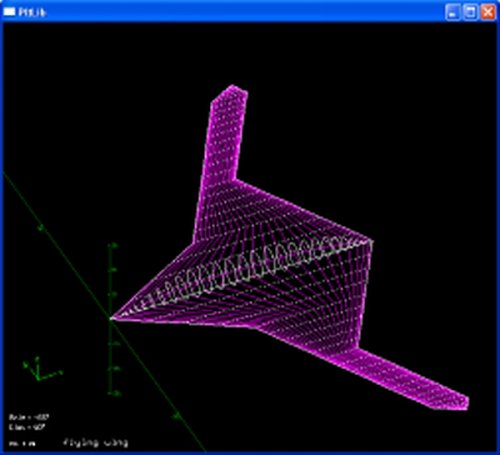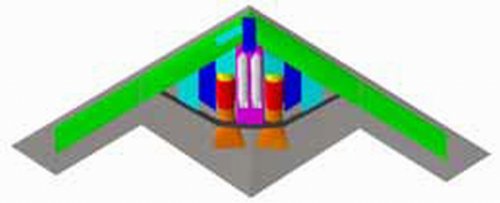Confessions of a "Bomber Hater" The Joint Chiefs vice chairman still isn't sold on the Air Force's future bomber plan.
—John A. Tirpak
July 15, 2011—Marine Corps Gen. James Cartwright, Joint Chiefs vice chairman, remains "not . . . convinced" that the Air Force's approach to long-range strike is the right one, indicating that requirements for the next bomber are still the subject of intense Pentagon debate.
"I think you have to have a bomber," he told defense reporters Thursday in Washington, D.C. "I'm questioning what it is we're building, and what attributes" it should have. Cartwright, who chairs the Pentagon's joint requirements oversight council that validates weapon systems requirements, acknowledged that he's known as a "bomber hater." He admitted that he's "throwing the gauntlet down" to get the Air Force to prove that even an optionally manned bomber is necessary. "Nobody has shown me anything that requires a person in the airplane. Nobody," he said. That applies, too, if the future bomber carries out the nuclear mission, he said.
"I don't remember the last time I manned an ICBM or SLBM or a cruise missile, so I'm not sure I understand that logic," he said.
Although including a cockpit in the aircraft won't, by itself, drive costs out of sight, Cartwright said, planning for a crew "takes you to a design and survivability characteristics . . . that are significantly better." He said he fears that pursuing such "exquisite" technology will make the airplane too expensive. "Building five or 10 of something isn't going to do it for us," he said, adding that if that's the likely result, "then I question the investment." Cartwright said he thinks the bomber ought to be like the Predator drone: "something that's more oriented toward a truck that's adaptable to the conflicts we may have in the future." If that approach is taken—"a truck that has today's state-of-the-art survivability attributes, can incorporate the next-generation attributes in a way that makes sense and . . . carry reasonable payloads"—"then a long-range, long-endurance asset that's an air-breather makes a lot of sense," he said.
Cartwright also wants the Air Force to think "in terms of hundreds again" rather than a handful of super-sophisticated and expensive aircraft. He pointed out that if the 50-year old B-52 is withdrawn from service, "you don't really have much left" with B-1s and B-2s in terms of numbers. An Air Force spokesman said Thursday USAF is planning to pursue a fleet of 80 to 100 bombers, and that while some requirements have been set, "there is no program office, yet." Most of the long-range strike effort is classified and USAF can't speak to it, he said.
The service is committed to restraining requirements on the bomber so cost and complexity don't render it unaffordable in sufficient numbers, noted the spokesman.

